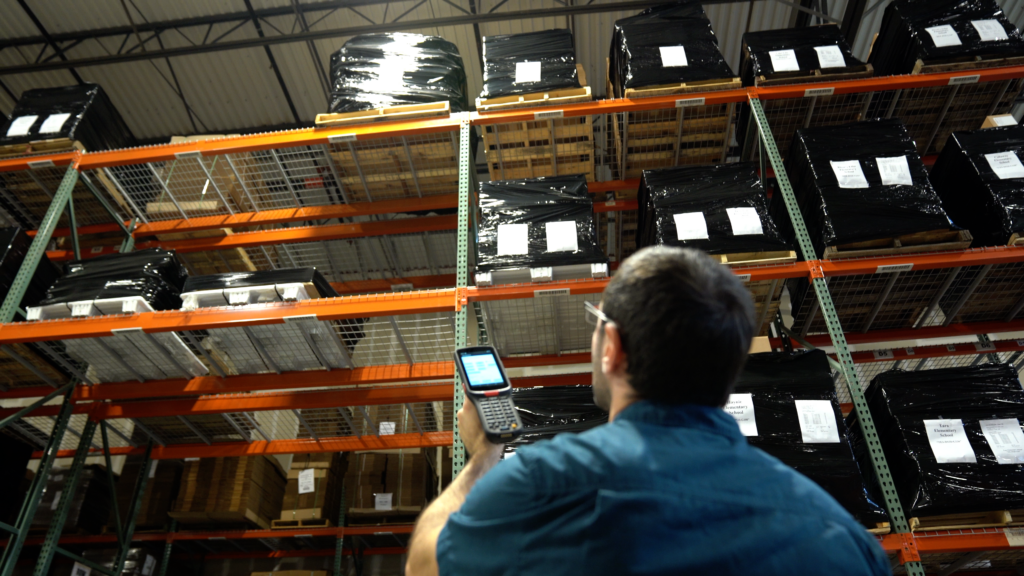Cold Boot vs Warm Boot: What’s the Difference?
Both methods start a computer system but differ in their process and purpose. A cold boot starts a computer system from a completely powered-off state, while a warm boot restarts a computer without fully powering it off.
Understanding the difference between cold boot vs warm boot can be helpful when troubleshooting computer issues or optimizing system performance. Knowing the differences between a warm boot and a cold boot, including the pros and cons, can help you better understand when to use these methods of restarting devices.
What Is a Cold Boot?
A cold boot, also known as a cold reboot, cold start, or hard boot, starts a computer system from a completely powered-off state, meaning the computer’s power has been turned off completely and back on again. During a cold boot, the computer completes initialization, including hardware checks, loading of the BIOS (Basic Input/Output System), and starting the operating system.
Unlike waking from sleep mode, cold booting involves resetting the device’s hardware and clearing temporary memory. Cold booting is a safe way to get a device working properly again without risking damage to any hardware or data. You might do this if you shut your computer down and need to start it up again to use it.
A cold boot is typically used as a last resort when a device is experiencing serious issues that cannot be resolved through regular troubleshooting steps, such as resetting the device or clearing the cache. For example, suppose a barcode scanner is infected with malware or displaying error messages. In that case, a cold boot may be required to restore it to its default settings and clear any corrupted data causing the issue.
What Is a Warm Boot?
A warm boot is a boot process that involves restarting the computer without turning the power off completely. With some devices, you might do this kind of boot by using the Control-Alt-Delete key combination at the same time. Also known as soft booting or a warm reboot, this booting process occurs while your device is still powered on. Remember that this includes when your device is in sleep mode since it is not fully turned off. A warm boot does not allow components and systems to cool down before restarting.
You might use soft booting if you run into problems with your operating system, such as having a frozen program or an unresponsive application. When these problems occur, you might not have the option to try a cold boot. If you cannot turn the power off on your device, you’ll need to do a warm reboot instead. Rebooting your device for any reason rather than restarting it after shutting it down is considered warm booting. This boot process is commonly used on devices that are put into sleep mode instead of being powered down entirely on a routine basis.
Cold Boot vs Warm Boot: Advantages & Disadvantages

Since cold booting and warm booting can have different effects on devices, it’s important to understand the advantages and disadvantages of these booting processes.
Advantages of Cold Booting
Memory Clearance
When you do a cold boot, this process clears the temporary memory in your device. If the issue you are having is due to something in the device’s memory, this type of reboot should be able to resolve it. Keep in mind that you should save any data you don’t want to risk losing in temporary memory when it clears.
Component Reset
Cold booting a device means the components in it are reset. This can help resolve hardware issues or other problems that you are having with your device.
Power On Self Testing (POST)
After a cold boot, your device will run a series of self-tests or checks to ensure everything works properly. This can help reduce the risk of having issues with your device occur again when you begin using it.
Random Reboot
Cold booting typically doesn’t happen randomly or on its own. You usually need to manually press the power key to initiate this type of boot process.
Disadvantages of Cold Booting
Longer Reboot Time
The time it takes for a reboot is typically longer for a cold boot. This is because the system does a self-test when it starts up. This can take a short amount of time or longer, depending on the kinds of issues the device is having and other factors. Reboot time with a cold boot is considered a disadvantage if you have to wait a while before being able to use your device.
Advantages of Warm Booting
Shorter Reboot Time
The reboot time for a warm boot is usually fast since this does not involve any self-tests. Instead, your device should be ready to use as soon as it starts up. The downside is that your device might still have issues that aren’t detected due to the lack of self-tests.
Disadvantages of Warm Booting
No Memory Clearance
Warm booting does not involve temporary memory clearing. While this helps lower the risk of data loss, it can also mean that your issue goes unresolved, depending on what is causing it.
No Component Reset
Doing a warm boot does not involve having any components reset. This helps speed up the reboot time, but it might not always resolve issues with your device. For example, you might continue to have hardware problems that a cold boot could resolve.
No Power On Self Testing (POST)
With a warm reboot, you get a quicker reboot time at a cost. This type of boot process does not include any self-testing. Instead, your operating system will be ready to use right after startup. This could result in undetected problems that might cause issues for you in the future.
Random Reboot
A random reboot can happen with warm booting. Your device might initiate a warm reboot if it encounters certain issues to resolve these.
How to Decide Whether to Do a Warm Boot or Cold Boot

Whether you use soft booting or hard booting depends on different factors. In general, the issue you’re having with your device determines which boot process to use. These are a few factors that can help you decide whether to cold boot or warm boot your device.
When you might warm boot
Frozen Software Program
If you have one or more programs that have frozen up, a warm boot should help restore functionality.
Unresponsive Application
A warm boot should help resolve this issue when an application isn’t responding.
Firmware Upgrade
When you upgrade firmware, you might be required to do a warm rather than a cold boot.
System Setting Changes
Changes to the system settings on your device might require a warm reboot.
Updates
Updates to a device’s operating system might require a warm reboot. For example, your laptop or computer might ask you to allow it to restart without turning it off after an upgrade is complete.
When you might cold boot
Ineffective Warm Boot
You can try a warm boot first for some issues with your device. However, if this boot process fails to resolve your issue, you’ll need to do a cold boot instead.
Risk of System Crash
If your computer system locks up on you, doing a cold boot is usually the only option available. Cold booting your device should resolve the issue and prevent the system from crashing. Once your device is back on, it should perform self-diagnosis tests and reset the memory and hardware.
Ask the Experts at Lexicon Tech for Help
If you need help repairing or maintaining your devices, such as barcode scanners or printers, please contact the professionals at Lexicon Tech Solutions. Our qualified technicians have the expert knowledge to repair, maintain and refurbish hundreds of OEM devices.